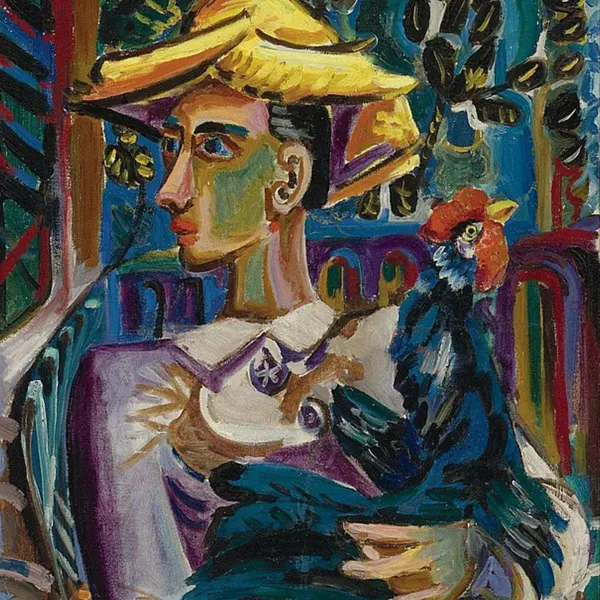Symbolism was a late-19th-century art movement of French, Russian and Belgian origin in poetry and other arts. In literature, the style originates with the 1857 publication of Charles Baudelaire's Les Fleurs du mal. The works of Edgar Allan Poe, which Baudelaire admired greatly and translated into French, were a significant influence and the source of many stock tropes and images. The aesthetic was developed by Stéphane Mallarmé and Paul Verlaine during the 1860s and 1870s. In the 1880s, the aesthetic was articulated by a series of manifestos and attracted a generation of writers. The works of the Symbolist poets were characterized by their highly imagistic language and frequent usage of symbols, often through ambiguity and other poetic devices, to create an overall meaning.
Symbolism was a major influence on European art movements such as Surrealism, Futurism, Dada, and to some extent Expressionism.
The Scarlet Letter by Nathaniel Hawthorne
Nathaniel Hawthorne's 1850 novel The Scarlet Letter is a perfect example of Symbolism. The story is set in Puritanical Boston during the 17th century, and it tells the tale of Hester Prynne, a woman who is shunned by her community after she has a child out of wedlock. The scarlet letter "A" that Hester is forced to wear on her dress is a symbol of her sin, and the Puritans' way of punishing her. The symbol of the letter "A" is also used to represent the townspeople's judgment of Hester. The novel is full of symbols that represent the characters' inner struggles and the Puritans' strict religious beliefs.
The Picture of Dorian Gray by Oscar Wilde
Oscar Wilde's The Picture of Dorian Gray is a work of Symbolism that represents the idea of the artist being influenced by their own work. The story follows Dorian Gray, a young man who has his portrait painted by Basil Hallward. Dorian is initially pleased with the painting, but he soon becomes obsessed with his own appearance and begins to worry that the painting will age while he remains young and handsome. Dorian makes a wish that the painting would age in his place, and to his horror, the wish comes true. The painting begins to change, reflecting Dorian's true nature, while he remains unchanged. The Picture of Dorian Gray is a representation of the vanity and superficiality of the Victorian aristocracy, as well as a commentary on the power of art.
Macbeth by William Shakespeare
Macbeth by William Shakespeare is one of the most representative works of Symbolism. The play is full of symbols that represent different things. For example, the dagger that Macbeth sees in his visions is a symbol of his own death. The blood that is seen throughout the play is a symbol of violence and death. The witches are symbols of evil and darkness. All of these symbols come together to create a very powerful and symbolic play.
Frankenstein by Mary Shelley
Is one of the most renowned works in the genre of Symbolism. The novel has been praised for its exploration of deep and complex themes, such as the nature of good and evil, the dangers of science and technology, and the power of love and friendship. Frankenstein is also considered one of the first works of science fiction, and its influence can be seen in many subsequent works in the genre. The novel continues to be popular with readers and scholars alike, and its legacy is sure to continue for many years to come.
Dracula by Bram Stoker
Is one of the most significant works of Symbolism. This novel has been influential in the development of the horror genre and has been admired by many readers for its ability to create a sense of dread and suspense. The story is set in Transylvania and follows the Count Dracula as he moves to England to spread his curse. Along the way, he encounters a number of characters who attempt to stop him, including the famous vampire hunter Van Helsing. The novel is notable for its use of gothic elements and its exploration of the nature of evil.
